Feature 4 min read
A quick-fire guide of what an extended EV warranty should include
Extended warranties for ICE-powered cars have been around for decades, but they are a relatively new thing for EVs. However, with a rapidly growing pool of EV owners – especially in the used market – they are going to be one of the big aftermarket growth areas. But what should you look for in an extended EV warranty?
One of the numerous benefits of EVs over petrol or diesel-powered cars is their simplicity from a mechanical standpoint. Simply there are far fewer bits to go wrong as there are far fewer moving components. However, after well over a century with internal combustion, extended warranties – available from third parties when the manufacturer warranty runs out – are pretty easy to understand.
For EVs they are still in their infancy. Furthermore, with some EV makers offering warranties of up to seven years, the aftermarket isn't a major concern just yet. But as more second hand EVs come onto the market and offer people a more cost-effective way of getting into electric ownership, it's worth knowing what should be covered by an extended warranty.
1. Battery
This is arguably the biggie when it comes to EVs as a replacement drive battery is an expensive proposition. It's also a component that hasn't, until recently, been covered by an extended warranty. Most manufacturers will offer a guarantee of battery life and performance, with PSA Group guaranteeing 80 per cent of original capacity after eight years or 100,000 miles. Manufacturer warranties will also cover against failure.
Only in the past few weeks has warranty provider, MotorEasy, started offering a warranty which will cover battery capacity loss on EVs and hybrids/plug-in hybrids. The level of cover is decided after a vehicle inspection, but given the potential costs involved, it might not be a bad investment for second-hand EV owners.
2. Motors and regenerative braking
It goes without saying, but cover for motors are pretty important. You'd be hard-pressed to find a comprehensive warranty that doesn't cover an EV’s drive motor, or motors. Thankfully, EV motors are typically very robust and can cover hundreds of thousands of miles with no issues. Other drive components, such as drive shafts, bearings and the like, may not be covered for wear, but are usually covered for failure. Motors also control regenerative braking, providing resistance and sending power back to the battery.
3. Inverter and power control
Two of the main components of turning battery power into movement are the inverter and power control module. The inverter turns the battery's DC power into usable AC power and if it fails, you won't be going anywhere, regardless of a battery's state of charge.
The power control module is basically an EV's throttle body – turning accelerator inputs into drawing the correct power from the battery and into the motor. A PCM will also decide how much power goes to which corner of the car on those with sophisticated two and four wheel drive systems.
4. Reduction drive and EDUs
Most EVs will have reduction gears of some kind to translate the high RPM that electric motors achieve into usable revs per minute sent to the wheels. It's one of the few mechanical systems you'll find on an EV, and in future, EV gearboxes will become ever-more sophisticated to improve performance and efficiency.
Another thing to bear in mind when thinking about an EV warranty in future is whether the car has an electronic drive unit. These combine motors, inverter, power control and reduction drive into one unit, simplifying the build process, but also potentially adding cost if one fails.
5. Charging and charge management
As important as all the above is the charging apparatus. This controls how much power is allowed to flow into the battery and at what speed, handling everything from the 2.3kW from a domestic three-pin to an ultra-rapid charger potentially delivering 50 times that power. They're expensive, complex and vital!
6. Other things to consider
As we alluded to above, extended EV warranties won't cover consumables when they simply wear out, but things like suspension and brakes can be covered for failure. It's worth checking the small print before you commit to an extended warranty so that you don't get disappointed when you're not covered for things like suspension, brakes, on-board connectivity and technology, paint or interior components.
The age and condition of the car is also very important to bear in mind. Most EVs will easily fall within the typical terms of an extended warranty – which might be up to 12 years old and 120,000 miles – but again, it's worth checking. Cost will vary according to the level of cover required, but basic cover can be had from in the region of £50 per month.
Our recommendation is to shop around. Many major aftermarket warranty suppliers are offering high levels of cover, and all will be able to provide an indicative quote online.

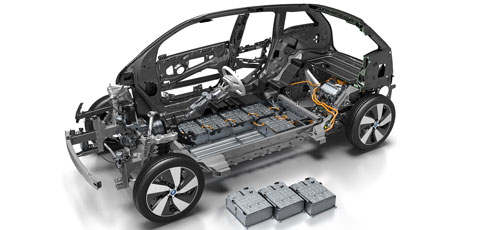
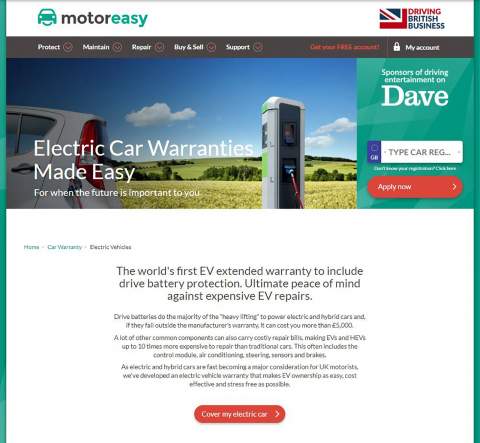
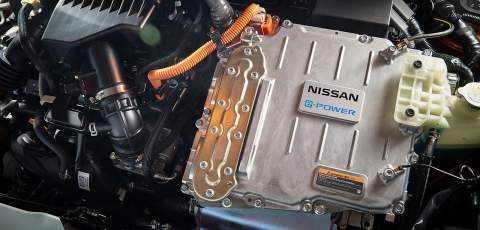

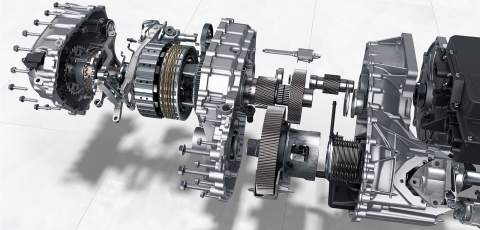
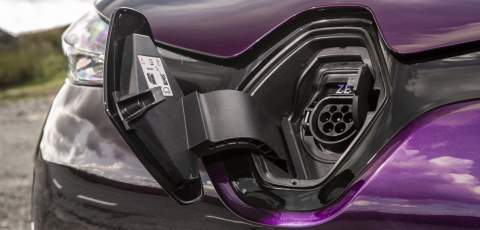
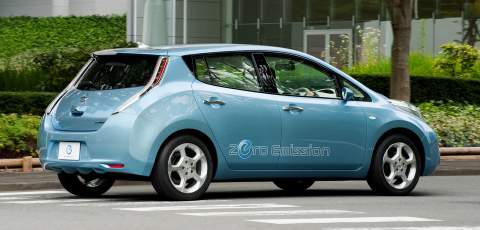

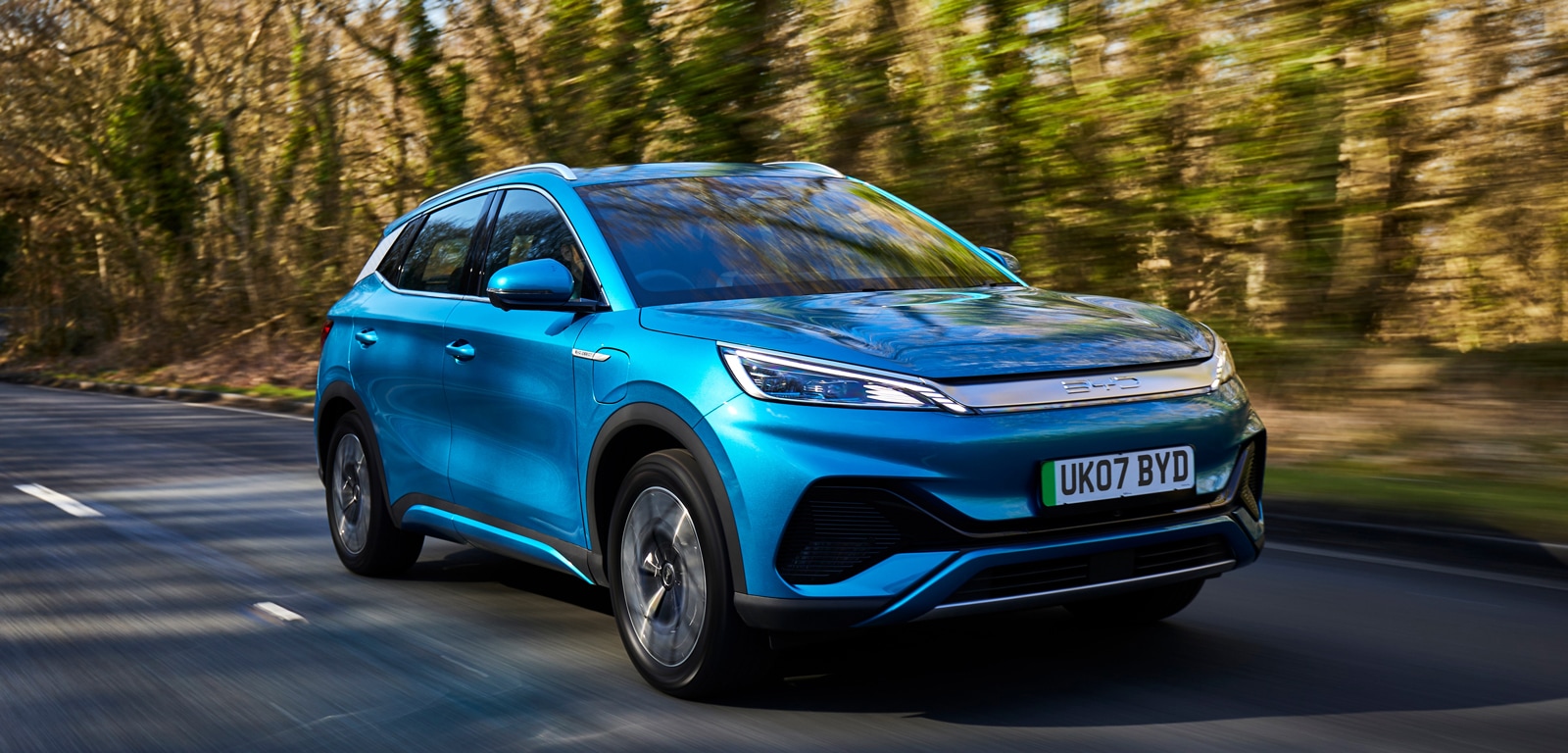
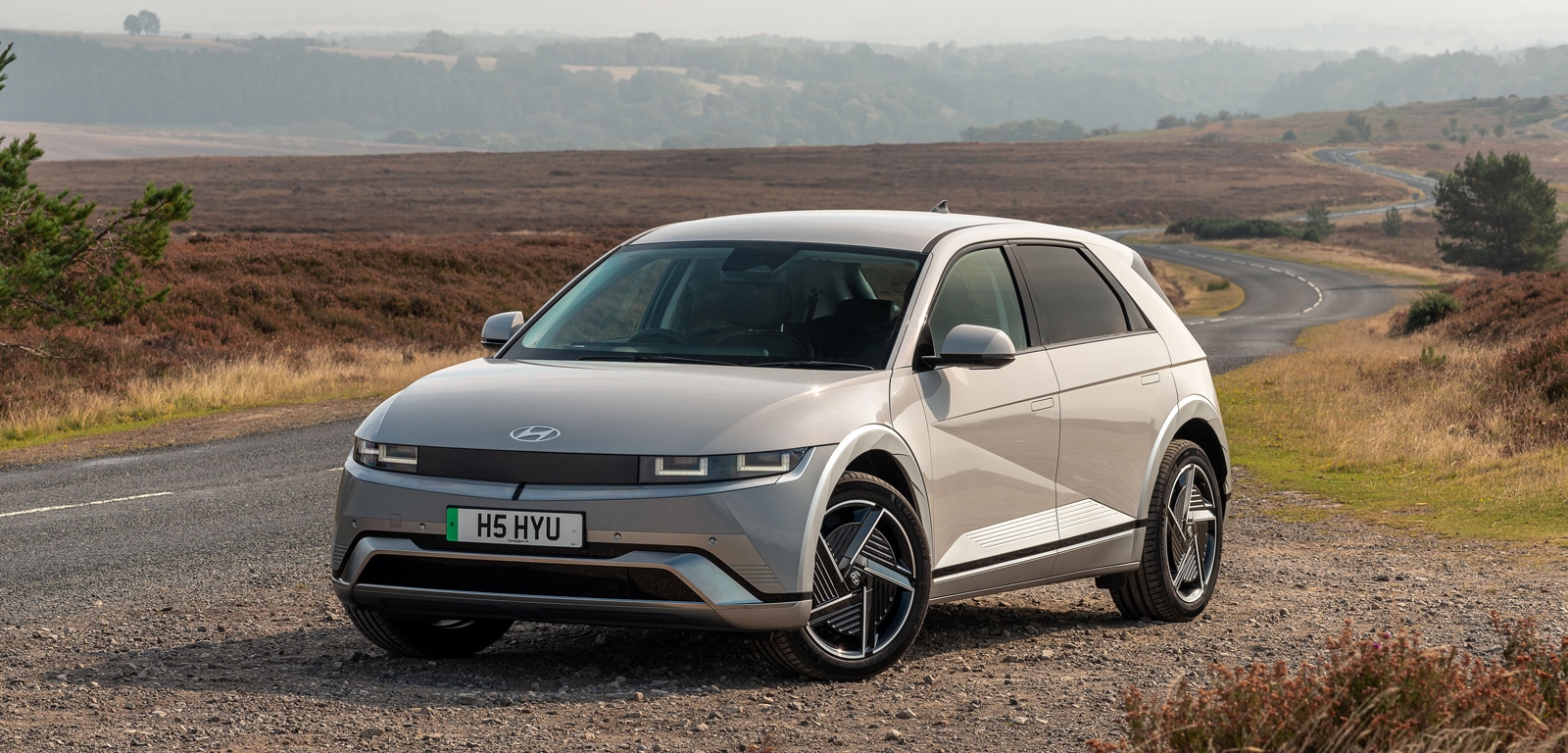
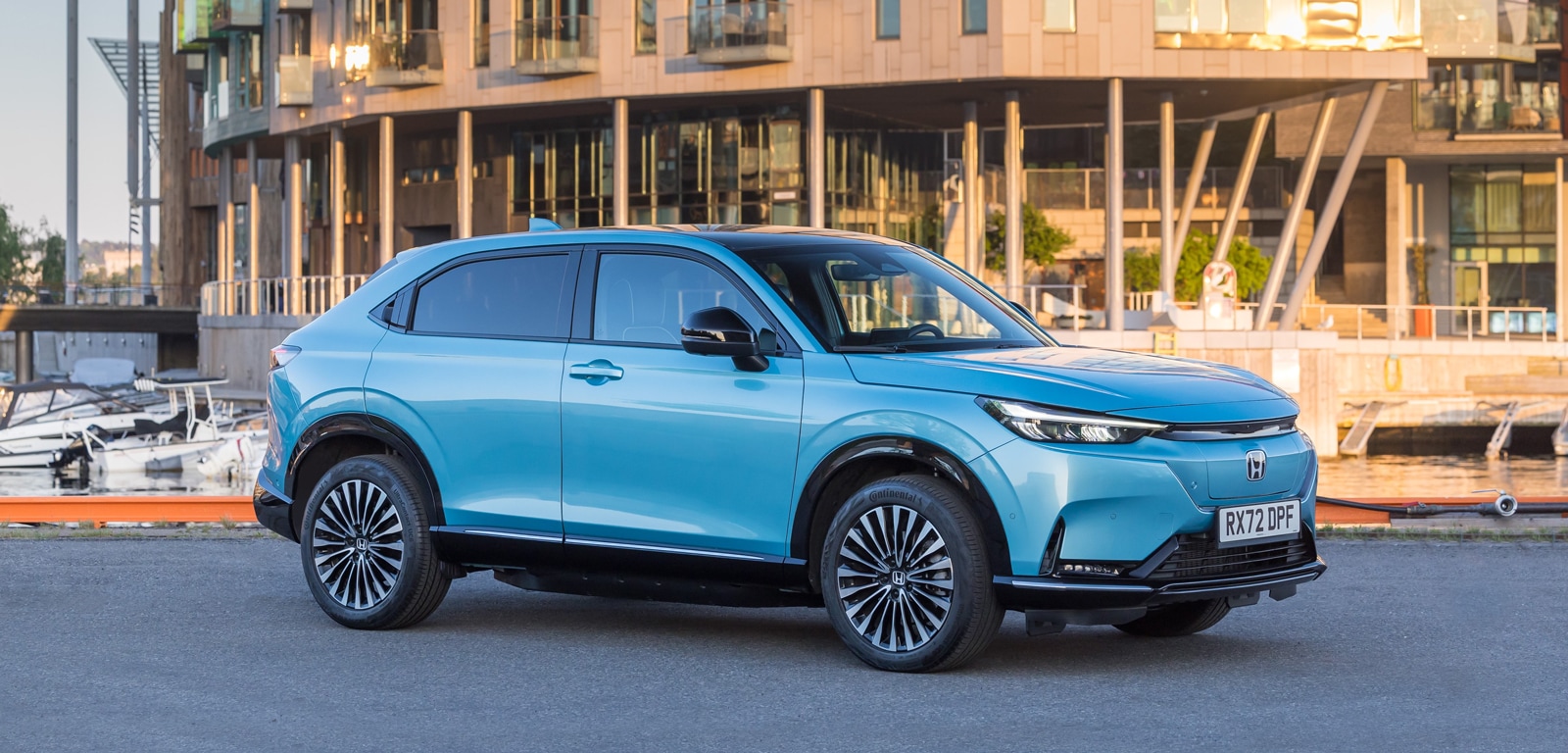
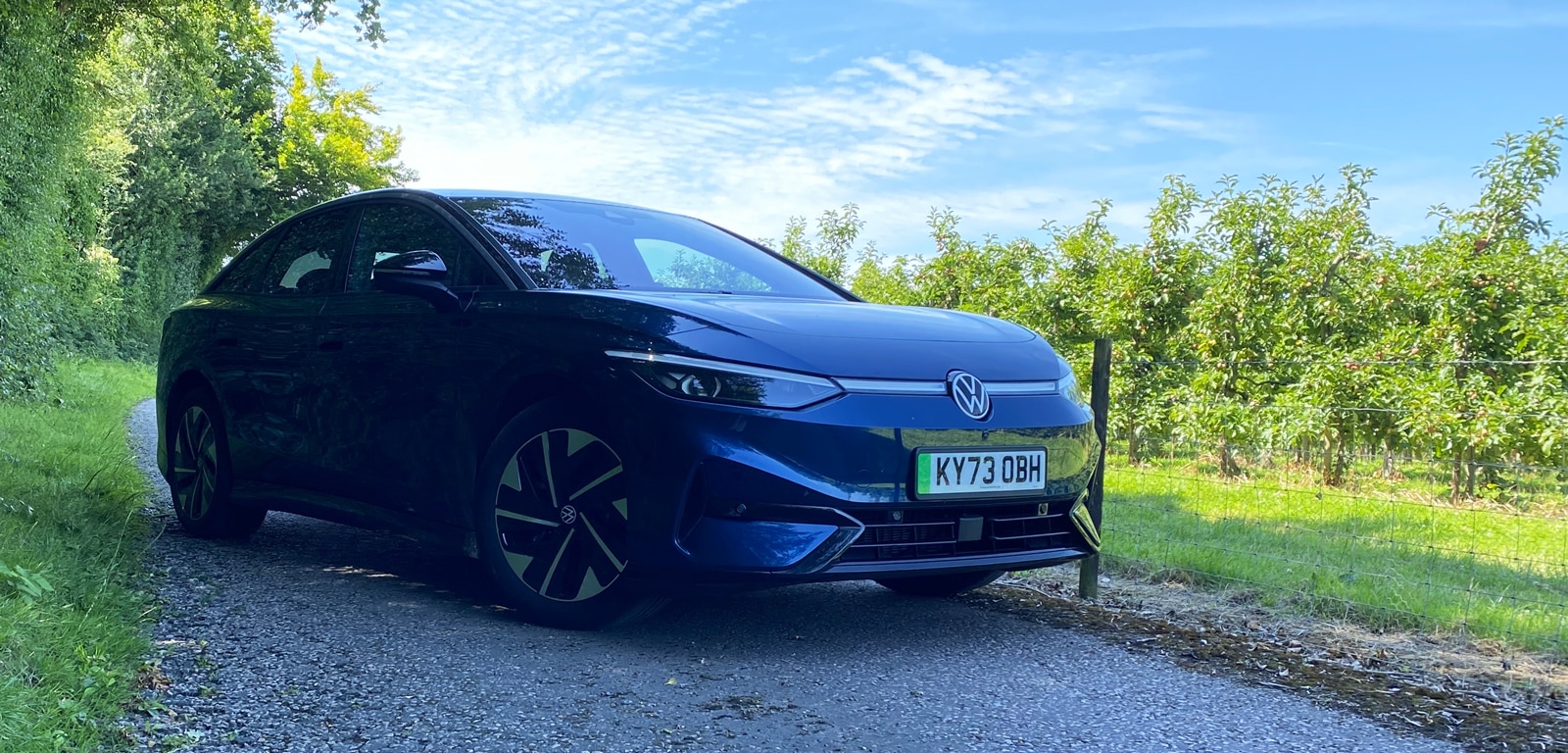
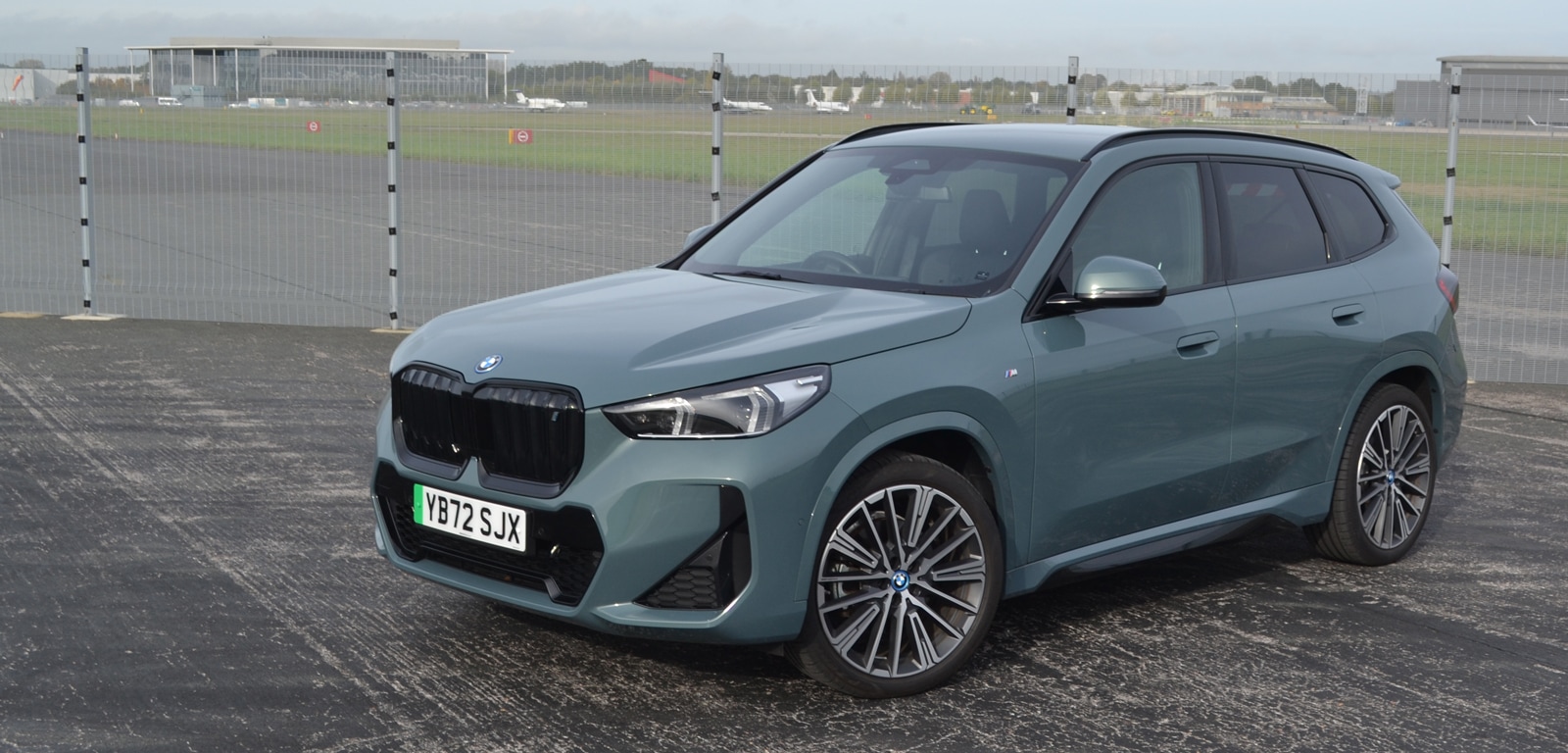


Comments (0)
Be the first to write a comment
Login/ Signup